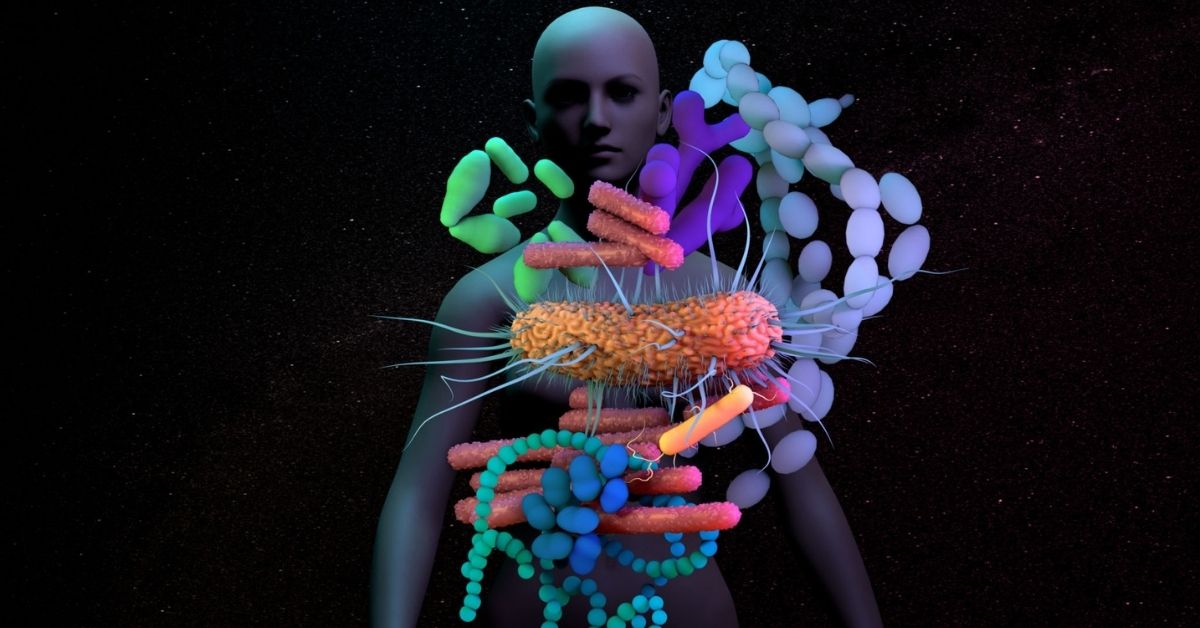
Bunionectomy and Hammertoe Surgery: What You Need to Know
A bunionectomy and hammertoe surgery are two of the most commonly performed foot surgeries today. Both procedures address common deformities of the foot and toes, often to improve foot health and alleviate pain. A bunionectomy is a surgical procedure that removes a bony bump on the side of the big toe. Hammertoe surgery is performed to straighten the bent toe and can involve the removal of a piece of bone or a tendon release. During both procedures, a doctor will make an incision in the foot, remove any damaged tissue, and may insert a pin or screw to hold the toe in place while it heals. Recovery time and post-operative care can vary depending on the extent of the procedure and the patient’s health.
What Causes Bunion and Hammertoe Deformities?
Bunion and hammertoe deformities are painful foot conditions that can drastically impact the quality of life of those afflicted. Both conditions usually arise as a result of structural imbalances caused by underlying biomechanical issues, such as overpronation, flat feet, or a high arch. This can lead to the misalignment of bones, joints, and tendons in the feet, resulting in the characteristic deformities associated with bunions and hammertoes.
In addition to biomechanical issues, certain lifestyle factors can also contribute to the development of these conditions. Individuals who frequently wear ill-fitting or overly constrictive shoes may be more likely to experience bunions and hammertoes. Similarly, individuals who are overweight or obese may be more prone to developing these conditions due to increased strain on the feet.
Fortunately, there are several treatments available for bunions and hammertoes. Depending on the severity of the condition, treatment may involve the use of orthotic devices, physical therapy, or surgery. It is also important to note that bunion and hammertoe deformities can often be prevented through the use of proper footwear and proactive foot care.
What Are the Benefits of Bunionectomy and Hammertoe Surgery?
Bunionectomy and hammertoe surgery are two common foot surgeries used to correct various foot deformities. Both procedures offer a number of benefits that can improve the overall quality of life for those suffering from bunion and hammertoe deformities.
Bunionectomy is a surgical procedure used to correct a bunion deformity, which is a painful bony bump at the base of the big toe. It involves removing the bony bump and realigning the big toe into its correct anatomical position. This can reduce pain, pressure, and the risk of developing additional foot problems. Additionally, the procedure can improve the aesthetic appearance of the foot, as well as reduce the risk of developing corns and calluses.
Hammertoe surgery is a procedure used to correct a hammertoe deformity, which is when the toe is abnormally bent. It involves realigning the joint, removing any excess bone, and in some cases, fusing the joint. This can reduce pain, decrease the risk of developing additional foot deformities, and improve the aesthetic appearance of the foot.
In summary, bunionectomy and hammertoe surgery can provide numerous benefits, including reducing pain, decreasing the risk of developing additional foot problems, and improving the aesthetic appearance of the foot. These procedures can significantly improve the quality of life for those suffering from bunion and hammertoe deformities.
What Is the Recovery Process for Bunionectomy And Hammertoe Surgery?
Recovery following bunionectomy and hammertoe surgery is an important process. It is important to follow the instructions given by your surgeon and physical therapist to ensure a successful recovery.
Immediately after surgery, a compression bandage is usually applied to the affected area to reduce swelling and provide support. Depending on the type of surgery performed, a cast or boot may also be used to protect the affected area.
Over the next few days and weeks, the patient may experience swelling, bruising, and pain. Pain medications and anti-inflammatory medications may be prescribed to help reduce this discomfort. The patient may also need to keep their foot elevated in order to reduce swelling.
The patient will likely be instructed to keep the foot dry and to use crutches or a cane for a certain period of time in order to protect the affected area.
In the weeks following the surgery, physical therapy is often recommended to help restore the range of motion and strength to the affected area. The physical therapist may also provide exercises to help improve balance and coordination.
Recovery times vary depending on the type of surgery performed. Most patients are able to resume normal activities within four to six weeks following the surgery. However, it is important to follow the instructions provided by the surgeon and physical therapist in order to ensure a successful recovery.
How Long Does It Take to See Results From Bunionectomy and Hammertoe Surgery?
The recovery time for bunionectomy and hammertoe surgery depends on the severity of the procedure and the individual’s overall health. Generally, it can take anywhere from 6 weeks to 3 months to see the full results from the surgery.
In the first few weeks after the surgery, patients may experience some swelling, bruising, and discomfort, which usually resolves within a few days. Pain is usually managed with over-the-counter or prescription medications. It is also important for patients to wear a post-operative shoe or boot to provide protection during the healing process.
During the first few weeks after surgery, patients may notice a slight improvement in the appearance of their feet, but it can take several weeks for the feet to heal completely. Over time, the swelling will dissipate and the toes will become more flexible and mobile. Most patients can resume work and other activities after a few weeks, although it is important to follow the surgeon’s instructions and not overexert the feet.
After about 6 weeks, most patients can expect to see the full effects of the surgery. The bunion and hammertoe deformities should be substantially improved, and the feet should look and feel much better. It is important to note that the feet may still be slightly swollen, and it can take up to 3 months for the feet to completely heal.
Ultimately, it is important to follow the surgeon’s post-operative instructions in order to ensure a safe and successful recovery.
What Are the Different Types of Bunionectomy and Hammertoe Surgery?
Bunionectomy and hammertoe surgery are minimally invasive surgical procedures designed to correct foot deformities. These procedures are performed under general or local anesthesia, depending on the severity of the deformity.
Bunionectomy is a procedure used to remove a bunion, which is a bony enlargement at the base of the big toe. During the procedure, the surgeon will make an incision in the skin at the base of the big toe, carefully remove the bunion, and then realign the toe. The surgeon may also need to remove a small piece of bone and secure the toe with screws or pins.
Hammertoe surgery is used to correct a hammertoe, a deformity that causes one or more of the toes to curl downward. During the procedure, the surgeon will make an incision in the skin at the base of the toe, carefully cut the tendon that is causing the toe to curl, and then realign the toe. In some cases, the surgeon may need to use screws or pins to keep the toe in place.
Both bunionectomy and hammertoe surgery can be performed by a qualified orthopedic surgeon. After the surgery, there will be a period of recovery and physical therapy. The patient may need to wear a cast or splint to keep the toe in place while it heals. With proper care and physical therapy, the patient can expect to return to normal activity within several weeks.
Q&A
What are bunionectomy and hammertoe surgery?
A bunionectomy and hammertoe surgery is a procedure that is performed to correct deformities in the bones and joints of the foot, such as bunions and hammertoes. The surgery is done by cutting away the affected bone and cartilage and then reconstructing the area to restore the foot to a normal shape and function.
What can I expect after the surgery?
After the surgery, you can expect to be in a cast for 4-6 weeks and to have some pain, swelling, and bruising. You may also need to use crutches for a few days or weeks. You will likely be able to put weight on your foot within a few weeks, but you should follow your doctor’s instructions on when you can resume normal activities.
Are there any risks associated with bunionectomy and hammertoe surgery?
Yes, like any surgery, there are risks associated with bunionectomy and hammertoe surgery. These include infection, nerve damage, and recurrence of the deformity. Your doctor will discuss the risks and benefits of the procedure with you before the surgery.
How long does it take for bunionectomy and hammertoe surgery to heal?
It typically takes 6-8 weeks for bunionectomy and hammertoe surgery to heal. During this time, you should follow your doctor’s instructions on how to care for your foot, including wearing protective footwear and keeping it clean and dry.
What can I do to help reduce the risk of complications after the surgery?
You can help reduce the risk of complications after the surgery by following your doctor’s instructions on how to care for your foot and wearing protective footwear. You should also avoid activities that put pressure on your foot, such as running and jumping, until your doctor gives you the okay.
Conclusion
Bunionectomy and hammertoe surgery are effective treatments for treating bunion and hammertoe deformities. While the surgery can be painful and take up to several weeks to recover from, it is often the best option for relieving pain and restoring the foot to its normal, healthy state. It is important to discuss the risks and rewards of the procedure with your doctor before proceeding, as the results of the surgery vary from person to person. With the help of a reputable orthopedic surgeon, bunionectomy and hammertoe surgery can be a safe, successful method of treating these conditions.











